Didiplis diandra
Scientific name: Didiplis diandra
Family: Lythraceae
Usual maximum size in aquariums: 10 - 15 cm (3.94 - 5.91 inch)
014
Recommended pH range for the species: 6 - 7.2
Recommended water hardness (dGH): 4 - 12°N (71.43 - 214.29ppm)
0°C 32°F30°C 86°F
Recommended temperature: 22 - 28 °C (71.6 - 82.4°F)
Reproduction of the plant: Cuttings
Origin (in the wild): North America
How fast these plants grow: Normal
Recommended substrate: Fine gravel
Demands on lighting: Bright
Ideal placement in a fish tank: Middle
Family
Lythraceae
Common Name
Water hedge
Planting Area
Midground to Foreground
Propagation
This plant is propagated by cuttings. Remove some of the side shoots and bare the bottom of the stem by removing the lower leaves. These cuttings can then be placed directly into the substrate making sure that the stem is not crushed in the process. Make sure that plenty of nutrients are in the substrate to encourage root growth.
Difficulty
Medium
Short Description
This plant can be found growing on the banks and shores of many lakes and slow moving streams. They are endangered in some states so are protected from harvesting for the aquarium trade. They will require optimum lighting to produce leaves with a reddish tint but besides this they are relatively easy to grow.

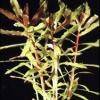 Ammania gracilis
Ammania gracilis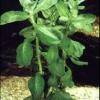 Ammania senegalensis
Ammania senegalensis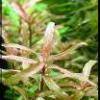 Nesaea crassicaulis
Nesaea crassicaulis Rotala indica
Rotala indica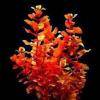 Rotala macrandra
Rotala macrandra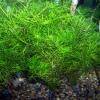 Rotala nanjenshan
Rotala nanjenshan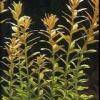 Rotala rotundifolia
Rotala rotundifolia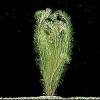 Rotala wallichii
Rotala wallichii